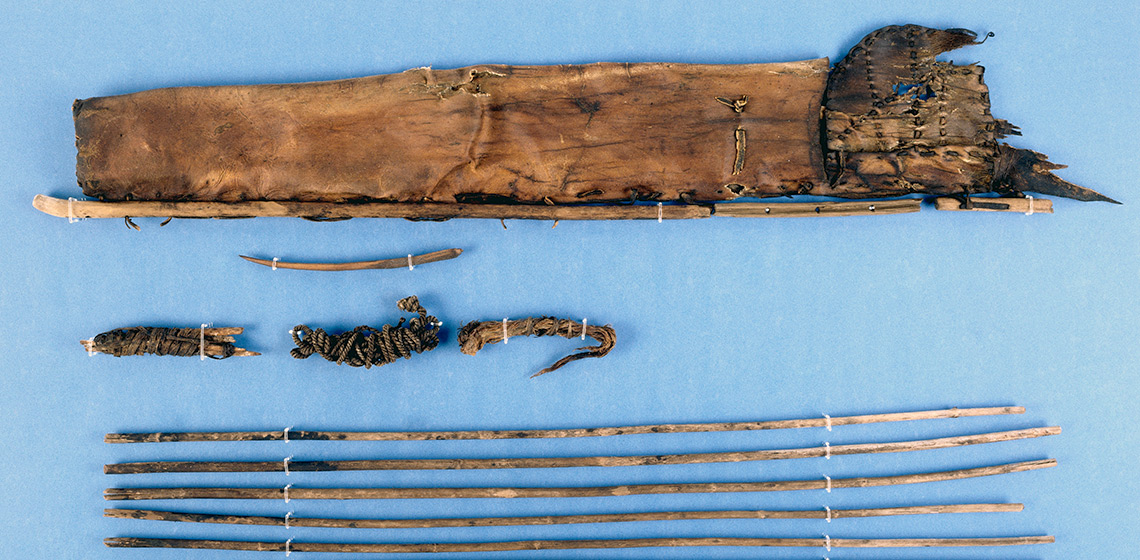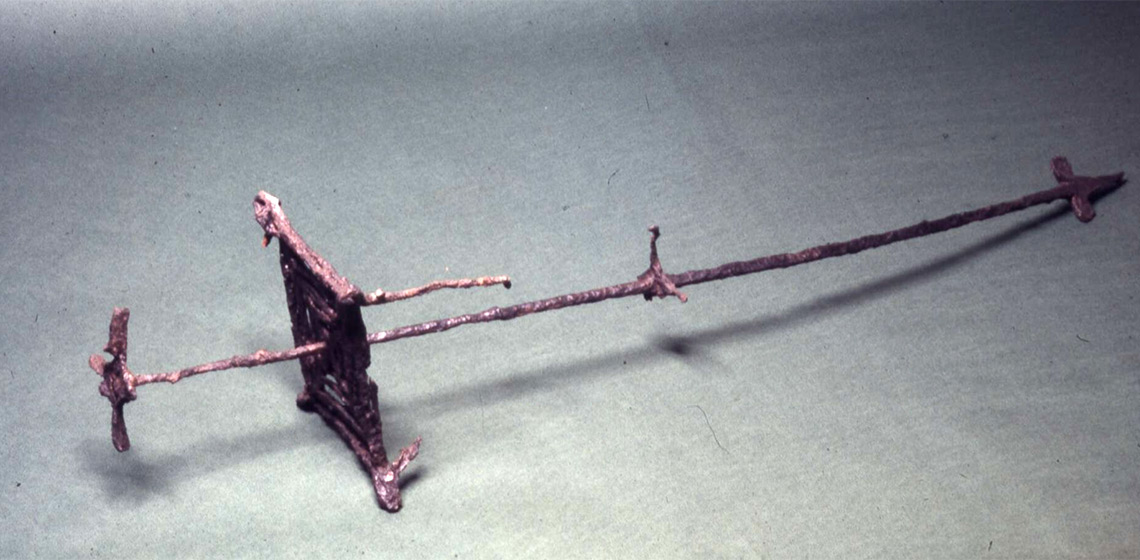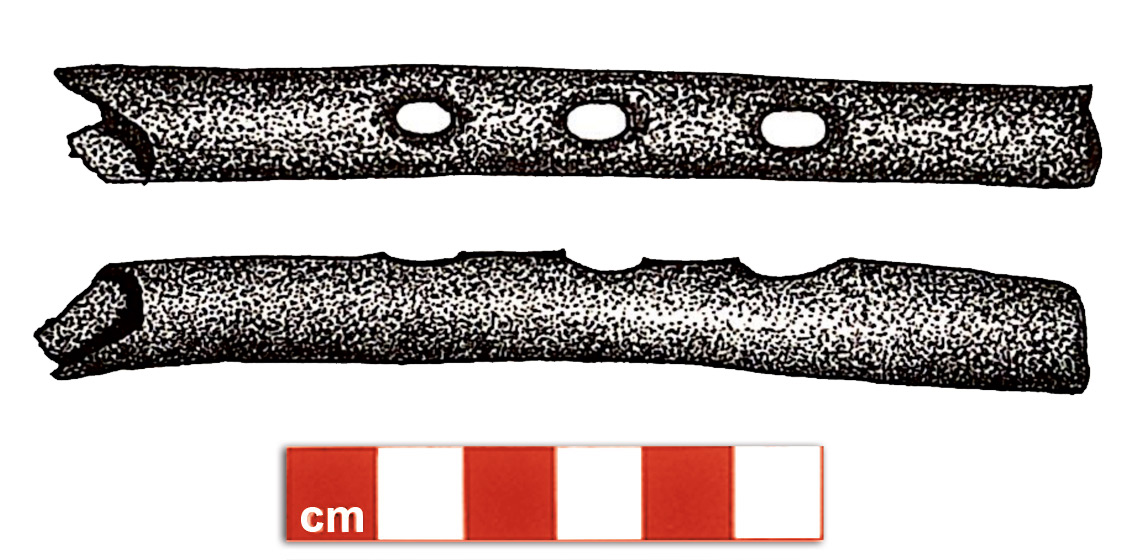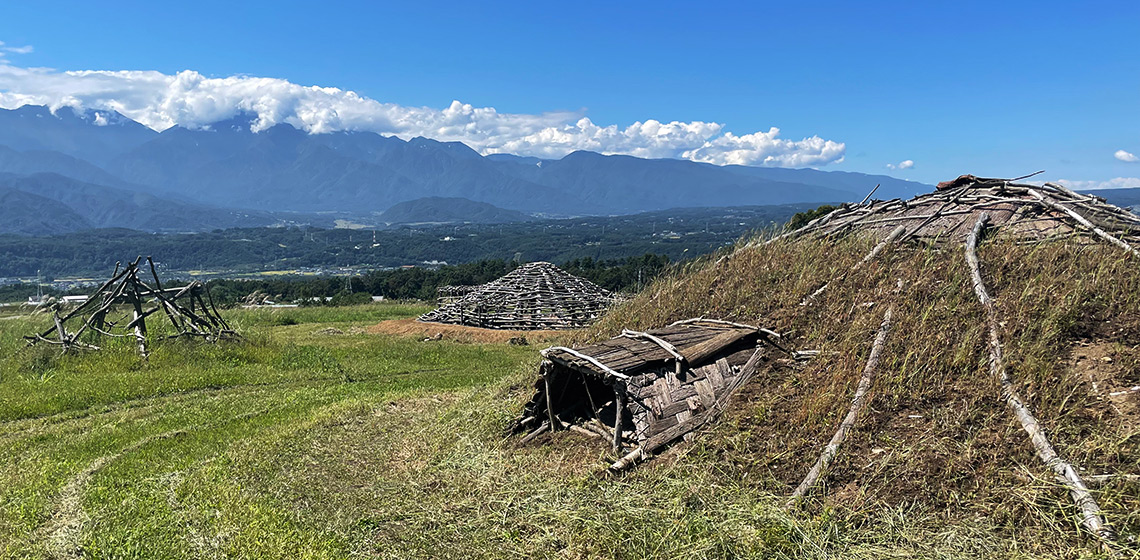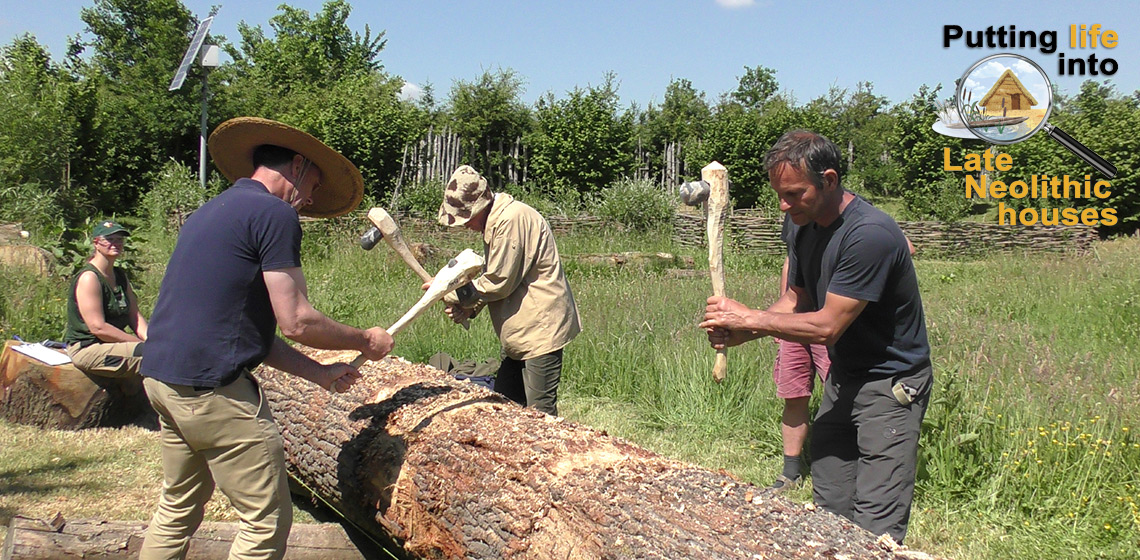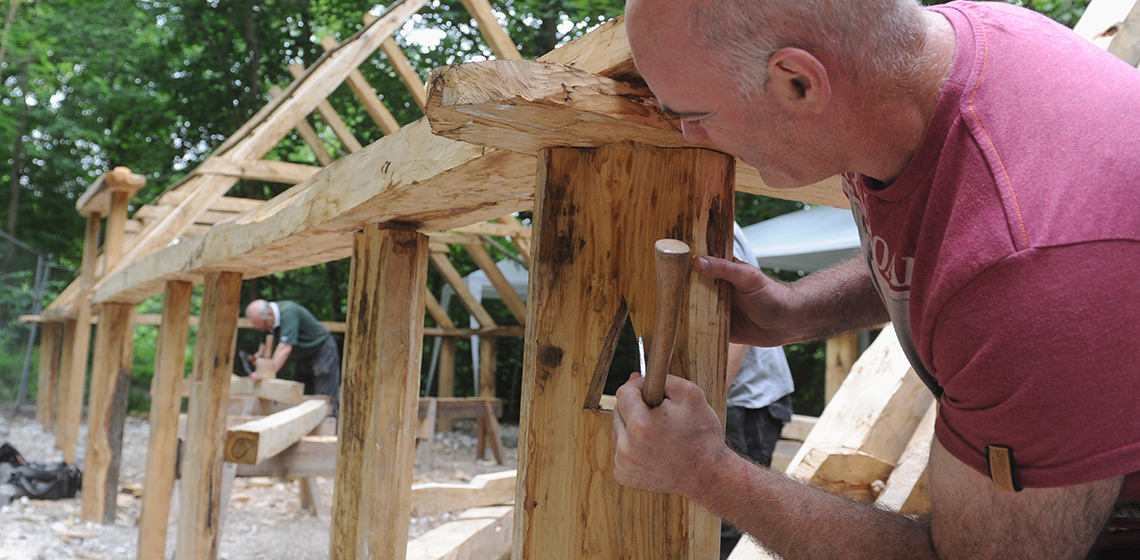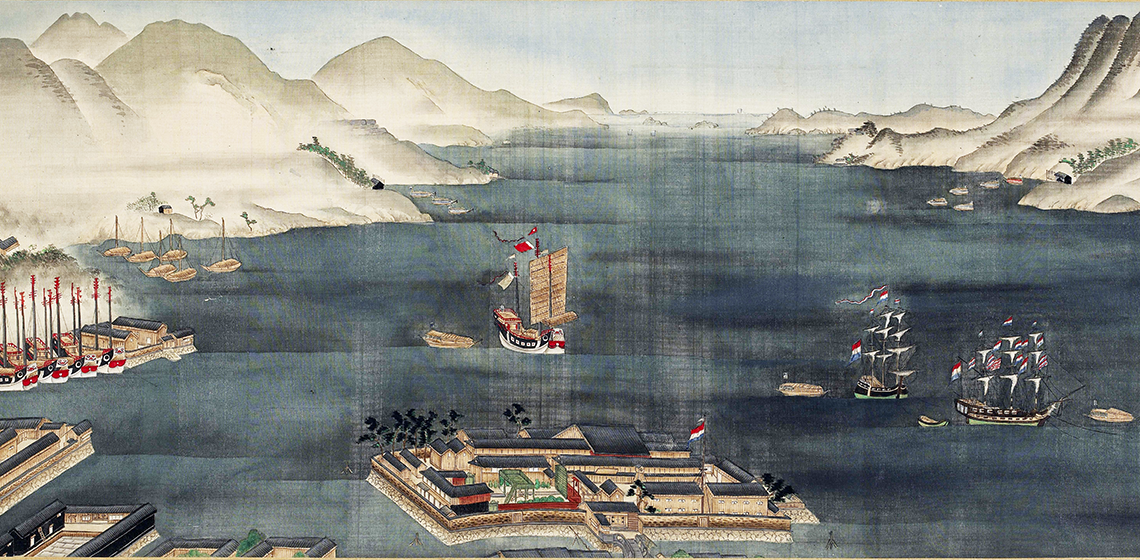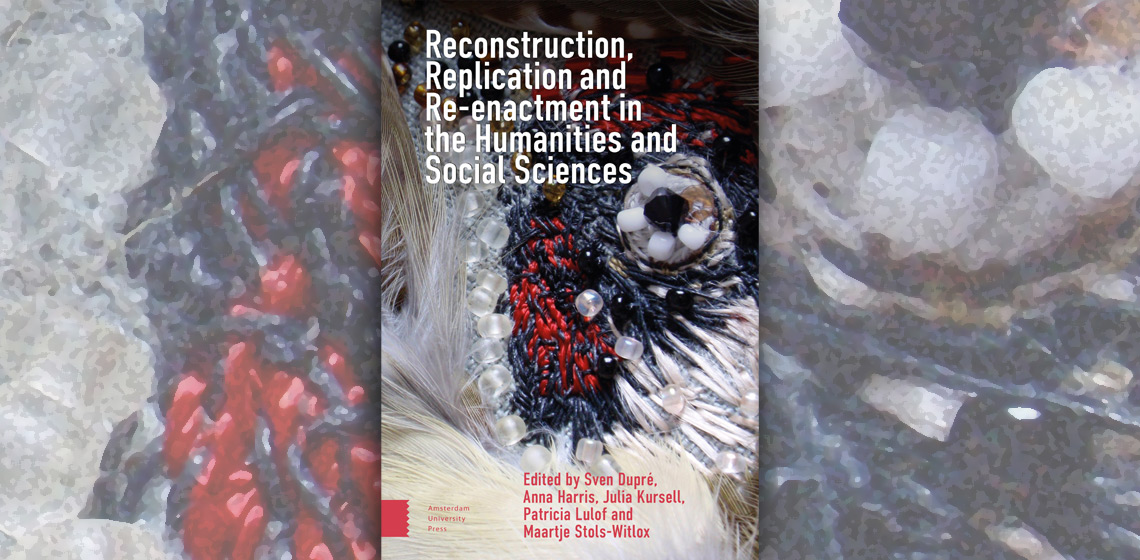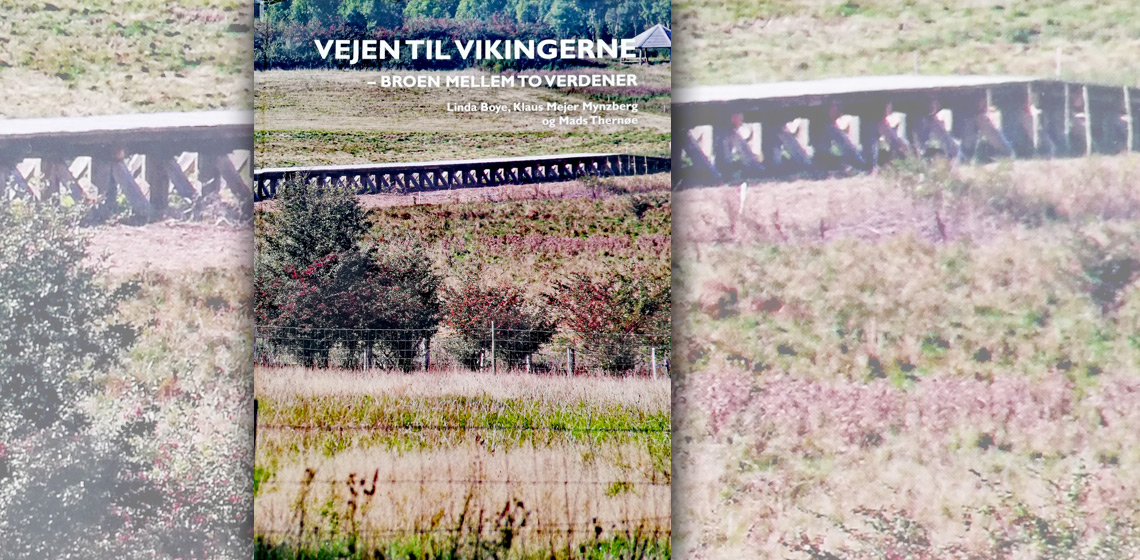(re)construction
The Arrow Quiver of the Iceman Reconstruction Attempts and the Special Significance of the Fur Material
Publication Date
In 1991, the sensational discovery of a male mummy, thawing from the ice, was made on the Tisenjoch in the Ötztal Alps, near the Austrian-Italian border. The deceased man lived about 5300 years ago at the end of the Neolithic Age and is commonly known as Ötzi in German-speaking countries. The site also contained many well-preserved accompanying items and equipment...
A Proposed New Appearance of the Iron Stand from Sutton Hoo, Based on Existing Material
Publication Date
The Iron Stand from Sutton Hoo, Mound 1 was excavated in 1939. While a first tentative interpretation of its original appearance was made in 1952, this was updated in 1972 following a science-led investigation of the artefact. However, some features of the object were not included in the later representation...
Early Medieval Bone Pipes: Understanding the Sounds of These Instruments through Reconstruction
Publication Date
Bone pipes are the most numerous instrument surviving from Early Medieval England. These instruments are usually classified as ‘flutes’ despite many of the examples missing the defining categorisations. Two examples from the archaeological record of early Medieval England will be used as case studies: one instrument from North-West Essex and the other from York...
Approaches to Experimental Pit House Reconstructions in the Japanese Central Highlands: Architectural History, Community Archaeology and Ethnology
Publication Date
#EAC12 World Tour 2021
***In Japan, over 1,000 prehistoric house reconstructions have been built at 360 different locations since 1949. Pit houses from Neolithic Jomon Period (14,000–300BC) are the most common but they are mostly based on archaeological remains limited to pits and postholes. Therefore, decisions on material and structure come from various sources, some based on research and others rooted in cultural ideologies or individual’s preferences...
***In Japan, over 1,000 prehistoric house reconstructions have been built at 360 different locations since 1949. Pit houses from Neolithic Jomon Period (14,000–300BC) are the most common but they are mostly based on archaeological remains limited to pits and postholes. Therefore, decisions on material and structure come from various sources, some based on research and others rooted in cultural ideologies or individual’s preferences...
Putting life into Late Neolithic houses
Publication Date
Investigating Domestic Craft and Subsistence Activities through Experiments and Material Analysis
Leiden University currently coordinates the project “Putting Life in Neolithic Houses”. This will take until 2025 and is funded by the Dutch Research Council NWO. Besides EXARC, there are other nine partners in this project.
The Weald & Downland Living Museum’s Saxon Hall
Publication Date
In the early days of the Weald & Downland Open Air Museum, from September 1970, there was a Saxon building on the site, which was one of only two archaeological reconstructions at the museum. This original sunken-floor Saxon building is no longer standing but, after several years in the planning, a new project saw the construction in 2015 of another Saxon building, the Saxon Hall from Steyning...
Cooperating to Create a Greater Impact - The Case Study of ‘DEJIMA Transcending Time Itself’
Publication Date
“Cooperating to create a greater impact" was a session during the ICOM General Conference in Kyoto, Japan. It was organized by ICOM NL, ICOM JP, DEMHIST, EXARC and the Japan Museum Sieboldhuis. The session took place on September 4, 2019. The session focused on themes of collaboration, cooperation, joint ownership and the possibilities in continued contacts...
Archaeological Experiment on Reconstruction of the “Compound” Bow of the Sintashta Bronze Age Culture from the Stepnoe Cemetery
Publication Date
#EAC12 World Tour 2021
***This article presents data from an international experimental study on the reconstruction of the “compound” bow of Sintashta culture of bronze age South Ural, Russia. The project is carried out by a collective of researchers from Greece and Russia as part of the grant program of EXARC - “Twinning program”...
***This article presents data from an international experimental study on the reconstruction of the “compound” bow of Sintashta culture of bronze age South Ural, Russia. The project is carried out by a collective of researchers from Greece and Russia as part of the grant program of EXARC - “Twinning program”...
Book Review: Reconstruction, Replication, and Re-enactment in the Humanities and Social Sciences
Publication Date
This edited volume by Dupré et al. explores the rising prominence of performative methodologies known as Reconstruction, Re-enactment, Replication, and Reworking (RRR). Resulting from a meeting of the NIAS-Lorentz Program in Leiden, Netherlands in 2015, this collection of papers by academics and practitioners ranges across chronological time (Bronze Age to 19th century) and disciplines...
Book Review: Road to the Vikings – Bridge between two Worlds by Linda Boye, Klaus Mejer Mynzberg and Mads Thernøe
Publication Date
The book Vejen til Vikingerne – broen mellem to verdener is about the Viking Bridge Project, which was run by Kroppedal Museum in Høje Taastrup, Denmark, and Vikingelandsbyen in Albertslund from 2017-2019. The book describes the project from thought to action and subsequent dissemination. The Viking Bridge Haraldsbro is now a reality and this publication is the final part of the project...

